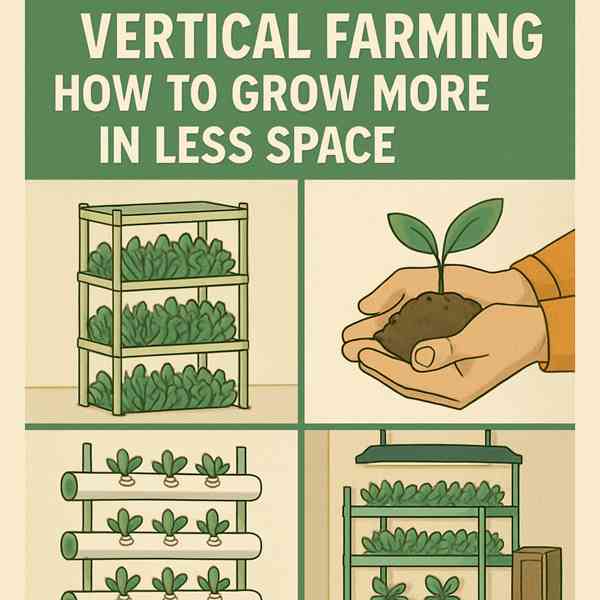Agriculture and Forestry: Everything You Need to Know
Agriculture and Forestry: Everything You Need to Know
Blog Article

While agriculture focuses on cultivating crops and raising livestock, forestry involves producing timber and forest products.
As technology and sustainability become more important, both agriculture and forestry are evolving to increase productivity.
Understanding Agriculture
It has been the lifeblood of human civilization for thousands of years.
Main components of agriculture include:
- Cultivating grains, vegetables, and fruits
- Raising livestock for meat, milk, and wool
- Agroforestry
- Reducing chemical use and preserving soil
Modern agriculture aims to minimize environmental impact through sustainable solutions.
Understanding Forestry
It includes activities such as reforestation to maintain biodiversity and ecosystem health.
Key forestry practices:
- Promoting tree diversity and regeneration
- Protecting natural habitats
- Ensuring renewable resource use
- Urban forestry
Responsible forestry practices help maintain ecological balance.
How to Be Eco-Friendly in These Sectors
Adopting sustainable practices ensures that future needs are met.
Best practices include: click here
- Reducing soil disturbance
- Building resilient agricultural systems
- Cutting only mature or diseased trees
- Counteracting deforestation effects
By embracing these practices, farmers and foresters can enhance productivity.
Obstacles These Industries Face
Despite their importance, both agriculture and forestry face ongoing problems related to technological integration and public perception.
Problems to overcome:
- Soil degradation
- Droughts and irrigation challenges
- Impacting wildlife and carbon storage
- Market volatility and economic pressures
Addressing these challenges requires government support.
How Innovation Is Changing the Industry
Digital tools, data analytics, and automation are reshaping traditional methods.
Innovations making an impact:
- Using GPS and data for targeted agriculture
- Efficient land management
- Biotechnology and genetically modified crops
- Smarter resource allocation
Integrating technology ensures that both agriculture and forestry keep pace with global demands.
Conclusion
Whether focused on conservation or commercial use, both sectors play an irreplaceable part in the global ecosystem.
By doing so, agriculture and forestry can continue to enhance environmental resilience.
Report this page